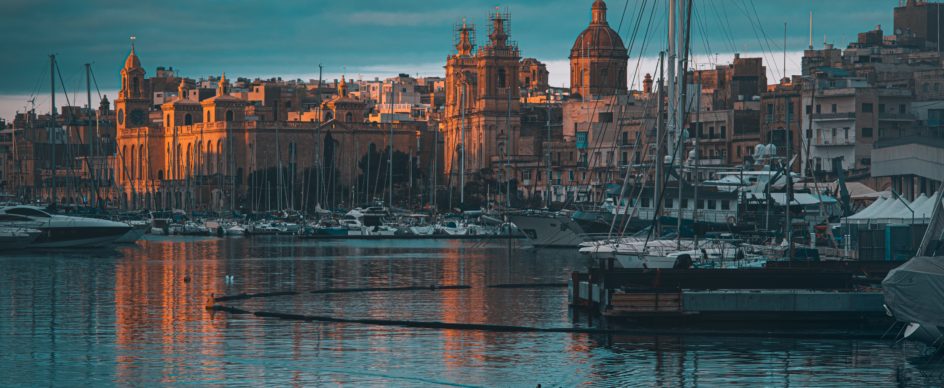
The Great Siege of Malta
- Nov 20, 2021
...a four-month siege that ravaged Malta.
The 1565 siege, referred to by the Maltese and historians as the Great Siege of Malta, refers to the four-month siege that ravaged Malta between May and September 1565.
Here’s a quick summary of what went down during those faithful four months.
What Led to the Siege?
Malta was a strategic stronghold for the Knights Hospitaller – also known as the Order of St John or the Knights of Malta. After being expelled from Rhodes, the Knights moved to Malta and used the islands as their home base. Moving to Malta meant that they were in a better position to halt the advances of the Ottomans’ into the western Mediterranean.
The Knights had long expected an attack on Malta and the western Mediterranean – especially after the Ottoman’s victory at the Battle of Djerba in 1560. However, the Ottomans were biding their time. It took them 5 years to launch an attack, during which the Knights strengthened Malta’s fortifications and their overall war strategy.
An Overview of the Siege
The Ottomans approached Malta in May 1565. Around 180 ships anchored at Marsaxlokk. 40,000 soldiers prepared for battle. One of the admirals – Admiral Piyale – ordered his troops to take the forts first – which proved to be an unwise decision. Grandmaster Jean Parisot de Valette had moved his heavy artillery to St Elmo. The Knights proved to be worthy opponents, and it took the Ottomans several weeks to capture the fort.
In the meantime, The Ottomans’ Vizier serdar Mustafa ordered an offensive. He transported his troops to Fort St. Michael in Senglea. The Knights resisted their attack and the Ottomans suffered heavy losses.
After this series of failures, The Ottoman higher-ups ordered an all-out attack in August. The Ottomans were close to winning, however, a small group of Knights managed to attack the Ottoman camp and the advantage was lost.
Soon after, the Knights and the Maltese received some good news: Europe’s kings had heard of the siege and had decided to protect Christian Europe by sending their soldiers to Malta. A Christian relief force landed and Mustafa decided to retreat.
The Aftermath
The invasion had officially failed. As a result, Malta had received the attention of Christian European leaders – who funded the Knights to build stronger defenses. The Knights used these funds to build the capital city of Valletta.
Furthermore, Grandmaster Jean Parisot de Valette received the admiration of European leaders and helped form an alliance between the kings of Europe against a common enemy – the Ottoman Empire.




